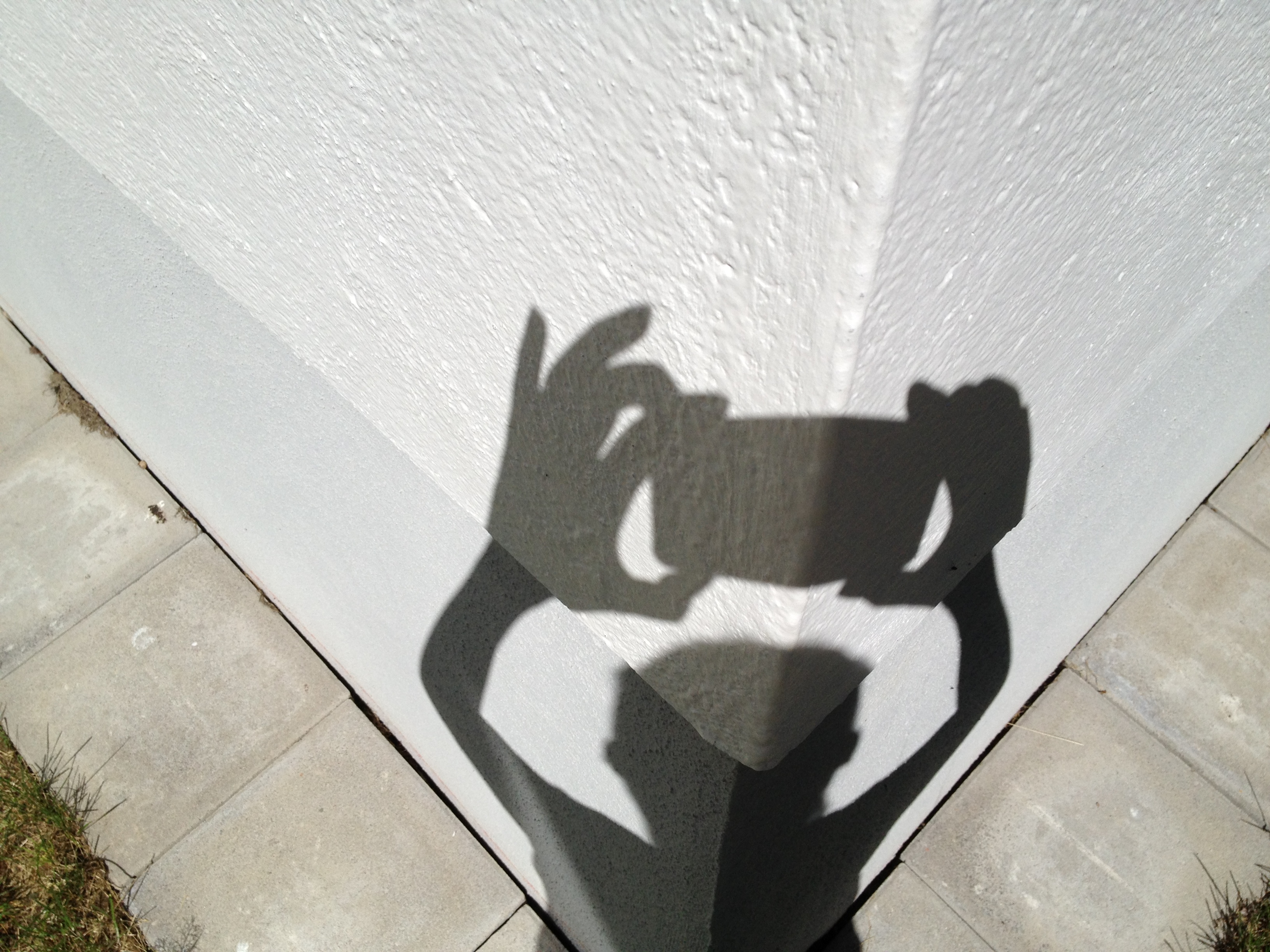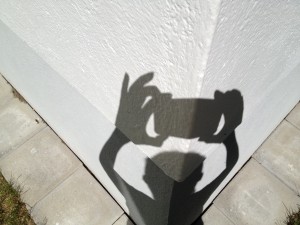The digital turn has changed photography; some say that the development is as profound as when photography was invented in the 1830´s. Photography is no longer a physical thing collected in shoeboxes or photo albums, or kept in controlled climate archives as a unique object. It has become an integrated part of a general computation and information technology and turned into an intangible, digital heritage. The major differences between analogue and digital photography lies in the purpose for which a picture is taken, how it is used and how it is disseminated.
One of the starting points of this new project Collecting the Digital: From a Photographic Perspective is a collaborative project which I took part in 2011-2013, Images for the Future. The project aimed at mapping the change that photography has undergone in the process of becoming digital, and to find out how these changes affected the methods of collecting used by museums today. During recent years many museums have been putting all their effort into the digitization of older collections, not realizing that digital born photography differs from analogue and in fact risk being lost before it will make it into the museums. Although everything uploaded to Internet stays there in some sense it doesn´t mean it´s there for the museums and archives to collect in the future. The main threats are poor storage, out-dated file formats and poor or non-existent metadata and last but not least, the rapid change in the expression of the images and how they are disseminated.
The biggest change has taken place in amateur, or personal photography. Here the pendulum has swung from taking photographs for remembrance to using it as visual communication. The photographs are shared and tagged in social media seconds after they have been exposed. Narratives are created in the interaction between the sender and the recipient, and the ability to intertwine the visual and verbal into a single language is part of the new vernacular that has arisen in digital communication. With Web 2.0 it´s possible to disseminate images on the Internet without editorial filters and the defining line between producer and consumer is being erased. But this change also provides access for more users to digital media and global communication and it allows people to produce and disseminate their own work. This is a process of democratization and it raises new possibilities for participation, and creating new content to cultural heritage and future collections.
With the above in mind we formulated new strategies for appraisal of digital born photography.
- Cooperation and dialogue: Digital born photography has to be collected in collaboration with their creators and it has to be done parallel to when they are being produced.
- Collect in real time: The digital photographs of today are probably gone by tomorrow due to poor storage, out-dated file formats, and a rapid change of expression.
- New technology: Photographs and metadata can be collected through apps or portals on the web connected directly to the archive.
- Cooperate with researchers: In collaboration with researchers in the visual field as well as futurology we can identify what to and where from to collect as well as identify rapidly changing trends in society.
- Quantity versus quality: The social photographs of today are disseminated as flows rather than single objects and therefore have to be collected in the same manner. Quality may be overruled by quantity, at least when it comes to vernacular photography.
- Act as advisors: Museums can advise professional photographers as well as amateurs to make sure that whatever gets saved on their hard-drives meet up to the museums standards. This will enable a future appraisal.
- Identify new areas in photography: The expression and dissemination of social photography changes rapidly and the museum staffs have to make an effort to keep up with this change, otherwise we risk having gaps in our collection.
At my museum, the Stockholm County Museum, we have been collecting digital born vernacular photography since 2011. We set up a direct link on our website to the collection database, where the photographers upload their images and metadata. It´s a public database and all the images can be viewed on the website. At the moment the collection contains approximately 3000 images from over 200 photographers. When we analyse the collection we can clearly see that it consists of mainly two categories of images; photography used as memory and photography used as communication. At this stage we need to further explore the collection of the social, communicative photograph and the impact it has on the collections as a whole, which we aim to do in our project Collecting the Digital: From a Photographic Perspective.
/Elisabeth Boogh, Stockholms läns museum, Sweden
You can read more about the project Images for the Future in Swedish here: http://www.stockholmslansmuseum.se/projekt/foto/
And if you want to browse the collected images in Samtidsbild you´ll find them here: http://www.stockholmslansmuseum.se/faktabanken/samtidsbild/



Trackbacks/Pingbacks